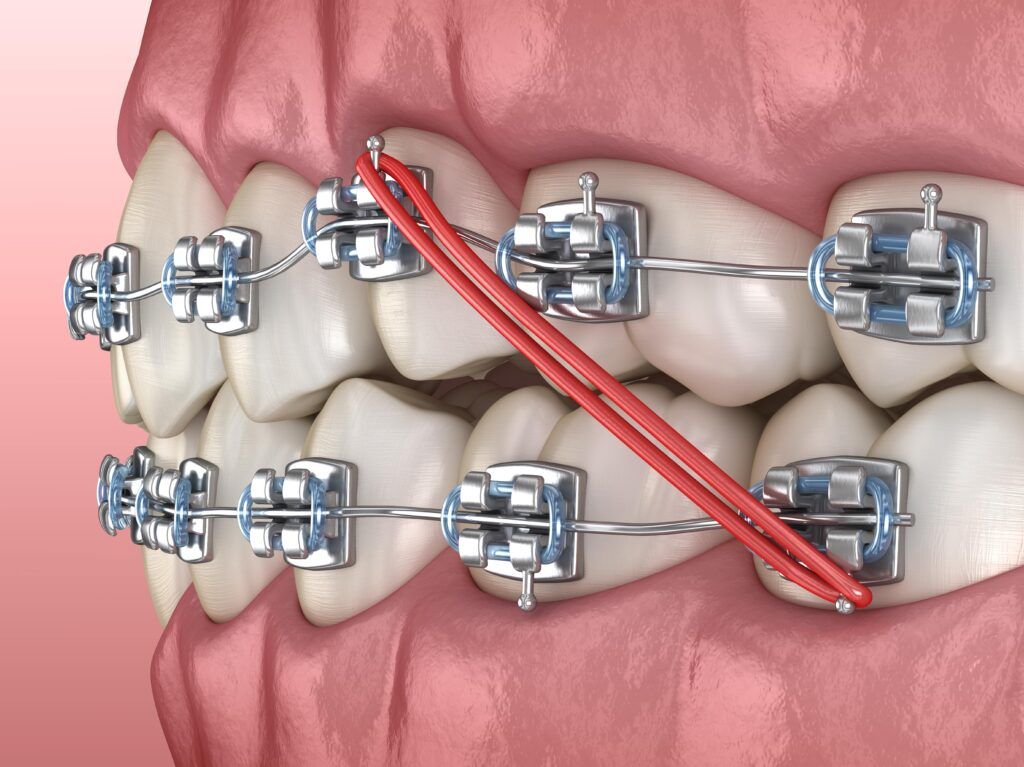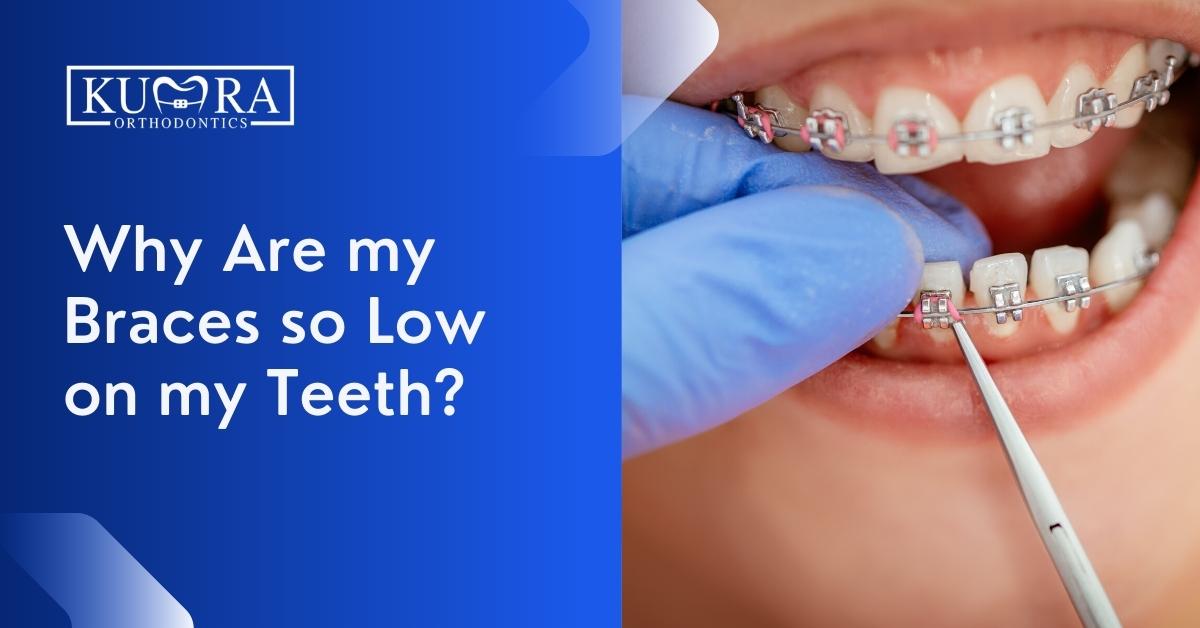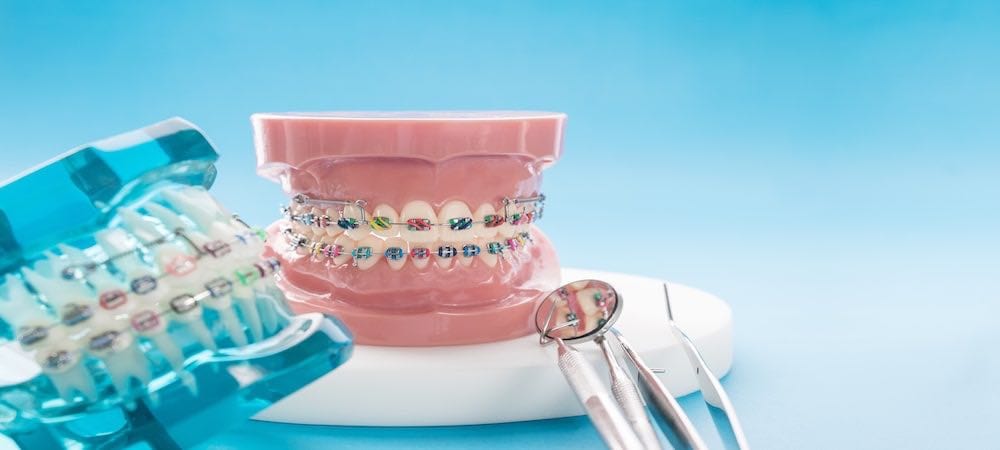Comprehensive Overview to Orthodontics Procedures for Dealing With Oral Misalignments
In the realm of orthodontics, the journey to attaining a perfectly lined up smile involves a myriad of procedures customized to correct oral imbalances. From traditional braces to unseen aligners and also medical choices, the field of orthodontics offers a range of options to resolve varying levels of oral abnormalities. Understanding the complexities of each procedure, including their devices, benefits, and possible drawbacks, is essential in making informed choices about one's orthodontic treatment. As we navigate via the thorough overview to orthodontic procedures for correcting dental misalignments, the complex details of each approach will unfold, dropping light on the course towards a practical and harmonious oral placement.
Orthodontic Procedures Summary

Along with clear aligners and typical dental braces, orthodontists may likewise recommend various other interventions like headgear, palatal expanders, or retainers to resolve certain positioning issues (orthodontist). These procedures are tailored per person's unique needs and might include a combination of therapies to achieve the desired outcomes. Routine modifications and tracking are important components of orthodontic treatment to guarantee progress is on track and to make any kind of essential modifications along the way. By going through orthodontic procedures, individuals can not only accomplish a straighter smile yet also boost their total dental health and wellness and feature.
Standard Braces: Just How They Function
When thinking about orthodontic therapies for oral imbalances, conventional braces attract attention as a tried and true approach for fixing teeth positioning. Typical dental braces consist of braces, cords, and bands that collaborate to use continuous stress on the teeth, progressively moving them right into the wanted placement. The braces are connected to the teeth using a special adhesive, and the wires are threaded through the brackets. By readjusting the stress of the cords, orthodontists can manage the instructions and force put on each tooth, guiding them right into correct placement gradually.
As stress is used to the teeth via the dental braces, the bone bordering the teeth is improved to support the new tooth positions. Patients will certainly need normal changes at the orthodontist's office to guarantee the dental braces proceed to use the right stress for efficient teeth activity.
Unseen Aligners: Benefits And Drawbacks
These clear, customized trays are practically undetectable when worn, making them an enticing choice for individuals looking for a much more visually pleasing orthodontic therapy. Individuals can remove the aligners before eating or cleaning their teeth, lowering the risk of food obtaining stuck in the appliance and simplifying the cleansing procedure.

Surgical Orthodontic Options
Surgical treatments in orthodontics existing sensible alternatives for addressing complicated oral misalignments that may not be properly fixed through standard orthodontic treatments. While typical braces and unseen aligners can correct numerous orthodontic issues, specific situations need surgical intervention to accomplish ideal results. Surgical orthodontic choices are usually recommended for severe malocclusions, a fantastic read significant jaw inconsistencies, and instances where the underlying bone framework needs alteration to accomplish appropriate placement.
One usual medical orthodontic treatment is orthognathic surgical procedure, which includes repositioning the jaws to remedy practical concerns such as problem eating or talking. This surgery is typically performed in cooperation with an orthodontist who helps straighten the teeth prior to and after the procedure. Surgical orthodontics might likewise involve treatments to subject affected teeth, remove excess periodontal cells, or improve the jawbone to produce a more harmonious facial profile.
Prior to taking into consideration surgical orthodontic alternatives, people undertake a detailed assessment to figure out the necessity and potential benefits of such interventions. orthodontist. While surgical procedure may seem complicated, it can substantially improve both the feature and looks of the smile in cases where conventional orthodontic therapies fall short
Retainers and Post-Treatment Care

Failure to conform with post-treatment treatment guidelines can result in relapse, where the teeth progressively move back in the direction of their original placements. Regular retainer wear, great dental health, and routine dental check-ups are necessary for maintaining the outcomes achieved via orthodontic surgical treatment and making certain the lasting stability of the fixed dental alignment.
Verdict
In final thought, orthodontic treatments supply various options for remedying dental imbalances. Surgical orthodontic options are readily available for a lot more severe imbalances. On the whole, orthodontic procedures can efficiently improve dental wellness and aesthetic appearance.
As we navigate through the comprehensive overview to orthodontic procedures for fixing dental imbalances, the complex information of each technique will unravel, dropping light on the course toward a practical and unified oral alignment. - orthodontics
One of the most common orthodontic treatments is the use of dental braces, which consist of steel braces and wires that use gentle stress to gradually shift teeth into the wanted placement.When considering orthodontic therapies for dental misalignments, conventional dental braces stand out as a time-tested method for remedying teeth positioning. In addition, undetectable aligners might not be suitable for intricate orthodontic problems that call for even more considerable teeth activity, as they are generally advised for light to modest cases. Retainers are personalized orthodontic devices made to hold teeth in their fixed positions after the completion of orthodontic therapy.